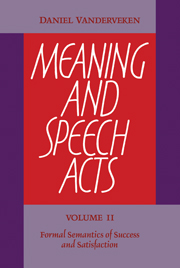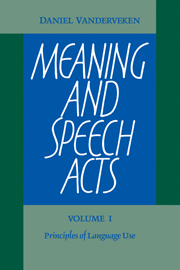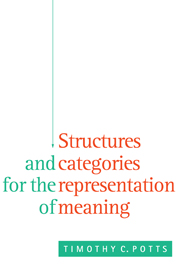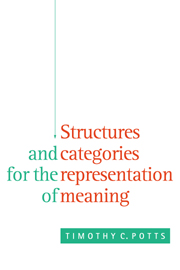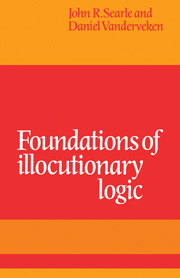Meaning and Speech Acts
The primary units of meaning in the use and comprehension of language are speech acts of the type called illocutionary acts. In Foundations of Illocutionary Logic John Searle and Daniel Vanderveken presented the first formalized logic of a general theory of speech acts. In Meaning and Speech Acts Daniel Vanderveken further develops the logic of speech acts and the logic of propositions to construct a general semantic theory of natural languages. Volume I, Principles of Language Use, explains the general principles that connect meaning, reason, thought and speech acts in the semantic structure of language. It presupposes no detailed knowledge of logical formalism, and will be accessible to a large readership of students and scholars from philosophy, lingustics, cognitive psychology and computer science. Volume II, Formal Semantics of Success and Satisfaction uses the resources of philosophical and mathematical logics to develop a formalization of the laws of the semantic theory advanced in Volume I. It will be of interest to theoretical linguists and those involved in mathematical logic and artificial intelligence.
Product details
March 2009Paperback
9780521104913
208 pages
229 × 152 × 12 mm
0.31kg
Available
Table of Contents
- Introduction
- Part I. Earlier Logics of Speech Acts:
- 1. Rescher's logic of commands
- 2. The logic of questions
- 3. Criticism of Montague Grammar
- Part II. A Simple Formulation of Illocutionary Logic:
- 1. The ideal object-language
- 2. Rules of abbreviation
- 3. The structure of a semantic interpretation
- 4. A complete axiomatic system
- Part III. Fundamental Laws of Illocutionary Logic:
- 1. Basic laws for propositions
- 2. Basic laws for components of force
- 3. Basic laws for illocutionary forces
- 4. Basic laws for speech acts
- Part IV. The Ideal Conceptual Language:
- 1. Vocabulary and rules of formation
- 2. Rules of abbreviation
- 3. General instructions for translation
- Part V. The Logical Semantics of Language:
- 1. Definition of a standard model
- 2. Laws for sentence meaning
- 3. Laws of entailment
- Part VI. The Axiomatic System:
- 1. Definition of a general model
- 2. Axioms and rules of inference
- 3. Theorems
- Part VIII. Rules of Translation:
- 1. Relevant words and syntactic features
- 2. An elementary logic of times, worlds and actions
- 3. English assertives
- 4. English commissives
- 5. English directives
- 6. English declaratives
- 7. English expressives.

